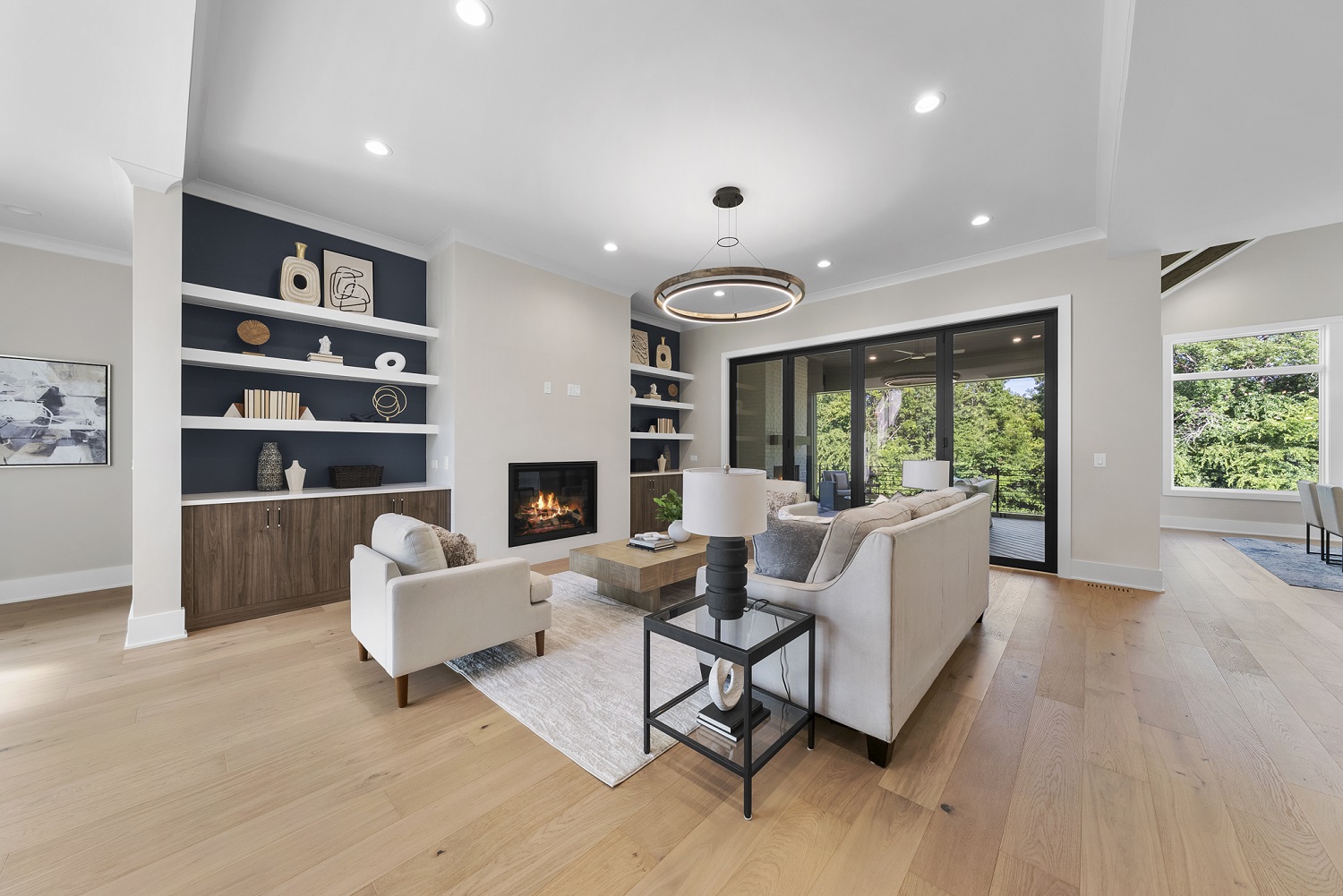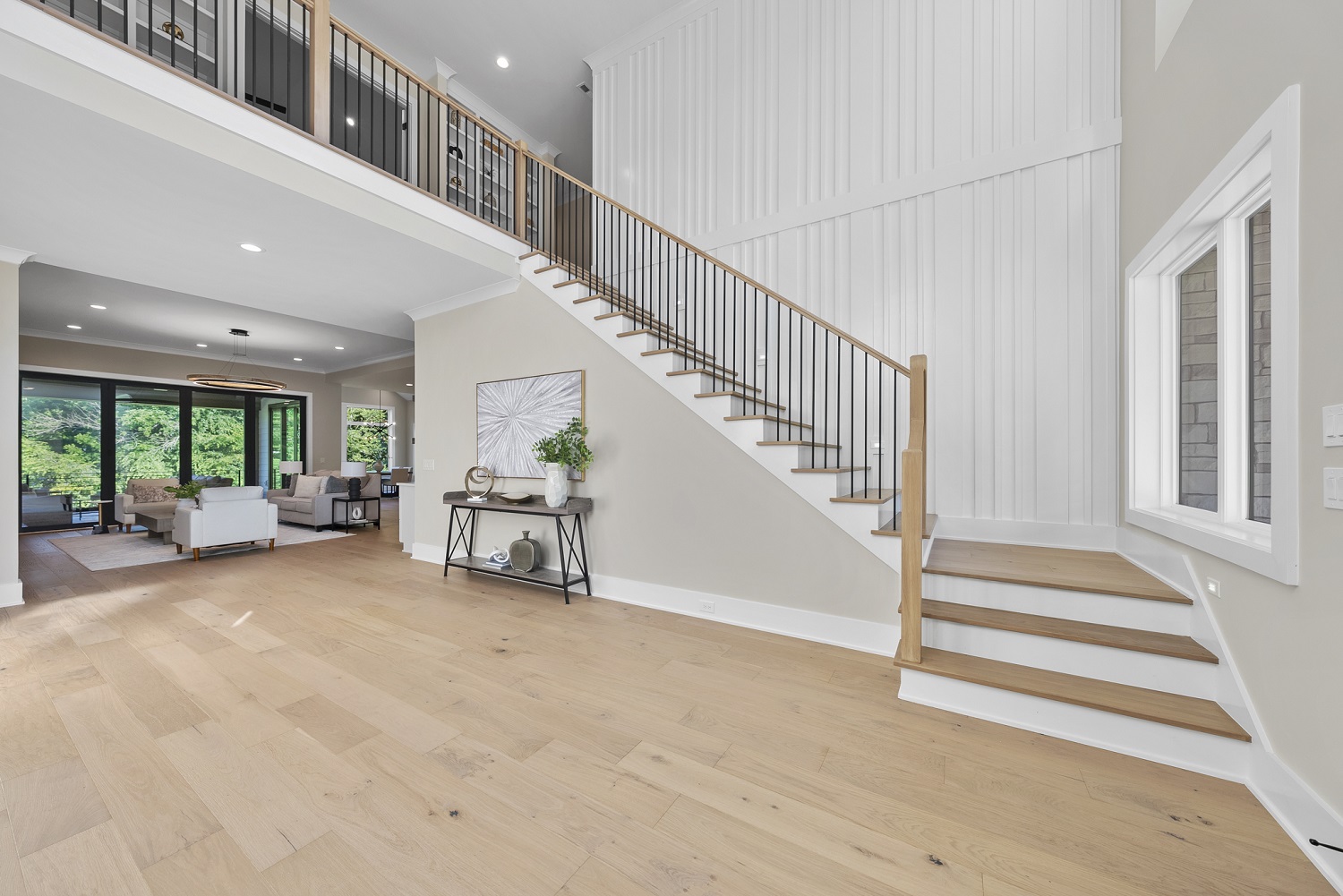Finding the right place to raise a family goes beyond picking a house. It’s about the community, the everyday spaces, and the experiences that shape daily life. For families looking to put down roots, Raleigh offers a mix of neighborhoods that aren’t just about good curb appeal — they’re packed with features that make life easier and more enjoyable for everyone in the household.
Think about the places and amenities you and your kids use the most. What matters more: a short walk to a playground, access to great schools, or having spots where neighbors actually gather on weekends? Each family has its own list of must-haves. So if you’re narrowing down your options in the area, it helps to know what sets the best communities in Raleigh, NC apart when it comes to family-friendly living.
One of the first things parents often look for in a neighborhood is space for their kids to play. Playgrounds, trails, and green spaces give children the chance to run, explore, and connect with others without needing to hop in the car every time. These spots do more than just fill time. They build confidence, boost creativity, and help kids grow their social skills.
Safe parks with age-appropriate features and shaded seating can become a regular part of the family’s routine. They serve as go-to spots for morning outings or weekend picnics. And when swings, climbing walls, and splash pads are just a few blocks away, playtime becomes more spontaneous. One example is Laurel Hills Park in Raleigh, which features an all-abilities playground designed to welcome all kids. Easy access to this kind of space makes a big difference.
When checking out neighborhoods, look for:
– Fenced-in parks and clearly marked paths
– Plenty of shade and seating for caregivers
– Equipment suited for various age ranges
– Nearby bathrooms and water fountains
– Low traffic around play areas
Neighborhoods that have safe and well-kept play spaces signal more than thoughtful design. They show that the community values family life and the well-being of its youngest residents. Whether it’s a small pocket park or a large city-maintained facility, these areas give kids freedom and offer a break for parents.

Good schools are often at the top of the list when picking a place to live. In Raleigh, strong public and private school options give families a lot to think about. Choosing a community close to highly rated schools not only makes daily life smoother but also adds long-term value to a home.
It’s not just about test scores. Being close to school can ease morning routines, cut down on stressful commutes, and allow older children more independence. Knowing your child’s school is nearby, maybe even within walking distance, offers peace of mind and strengthens ties to the community.
Raleigh is home to several standout schools, and the neighborhoods near them often reflect the same level of care. Communities around schools like Leesville Road or Oberlin Middle offer more than just strong academics. These areas tend to have safe streets, after-school options, and year-round neighborhood involvement. Families who live near great schools often say that the connection to education is part of what makes their neighborhood feel like home.
When exploring potential communities, think about:
– School programs that focus on student engagement
– After-school clubs or enrichment activities
– School grounds that are welcoming and double as community play zones
Living near a great school helps shape day-to-day life. It’s about giving your family structure, connection, and a strong foundation for the future.
Beyond parks and playgrounds, well-rounded communities often include places that support an active lifestyle. Swimming pools, basketball courts, tennis areas, and indoor gyms offer spaces for both kids and adults to relax, socialize, and stay healthy. Raleigh’s more established neighborhoods typically have access to public or private centers that become regular gathering places.
Think about your family’s favorite way to unwind. That might be swimming on hot days, shooting hoops in the evening, or just strolling along a wooded trail. Close-by facilities make these activities simple and doable, even midweek. Many neighborhoods also offer classes and seasonal programs for a mix of age groups, from youth soccer teams to adult yoga or art workshops.
Neighborhoods like Wakefield and Bedford in North Raleigh are great examples of this kind of planning. They offer community pools, walking trails, and fitness centers, along with open green spaces and meeting rooms for group activities. These features are designed with real family life in mind, giving residents more ways to stay involved without driving all over town.
When you’re looking at a neighborhood, ask questions such as:
– Does it include a shared center for events and classes?
– Are the pools cared for, with lifeguards and safety rules?
– Is there space for sports or group fitness?
– Are there walking or biking trails that connect the area?
These amenities aren’t just nice to have. They bring a community to life and turn neighbors into friends through shared activity.

A neighborhood becomes a community when families feel welcomed and involved. One of the easiest ways to see this in action is through community events that bring everyone together. Activities that celebrate the seasons or highlight local culture give families ways to connect outside their own homes.
Neighborhoods that host regular get-togethers create positive energy. Whether it’s a weekend farmers market, summer movie night, or fall festival with food trucks, events like these become part of how a family lives with others around them. These traditions don’t need to be big to have an impact. A toddler story time at the community center or a weekly food truck night provides something to look forward to and talk about with neighbors.
Places like Brier Creek and Mordecai do a great job of offering these opportunities. These communities plan and promote events that welcome different age groups, making it easier for everyone to feel like they belong.
When evaluating neighborhoods, check into:
– Whether there’s a schedule of family-focused events
– If there’s a space, like a park or clubhouse, regularly used for gatherings
– How active the local association or HOA is in organizing things
– How well neighbors participate and promote a sense of community
Getting the chance to show up and take part helps a neighborhood feel more like home. Families often remember these shared moments more than the square footage of their home.
Every household brings different priorities to the home search, but many of the same wishes rise to the top. Communities that offer safe spaces for kids to play, access to good schools, rec options for all ages, and events that make neighbors feel connected tend to stand out for families moving into the Raleigh area.
The best communities in Raleigh NC reflect these values from the ground up. Whether your family’s wish list includes a playground within walking distance, a short commute to school, or a sense of togetherness through local events, the right spot is out there. Knowing what to watch for can help you narrow things down faster and find the community where your family can grow and thrive.
Raleigh has a wide variety of neighborhoods that meet these needs in different ways. With the right mix of features that matter most to your family, you’ll be one step closer to finding the place that truly feels like home.
Ready to take the next step toward finding the right fit for your family? Discover how Homestead Building Company can help you settle into one of the best communities in Raleigh NC with features that match your lifestyle and bring long-term comfort to your everyday living.